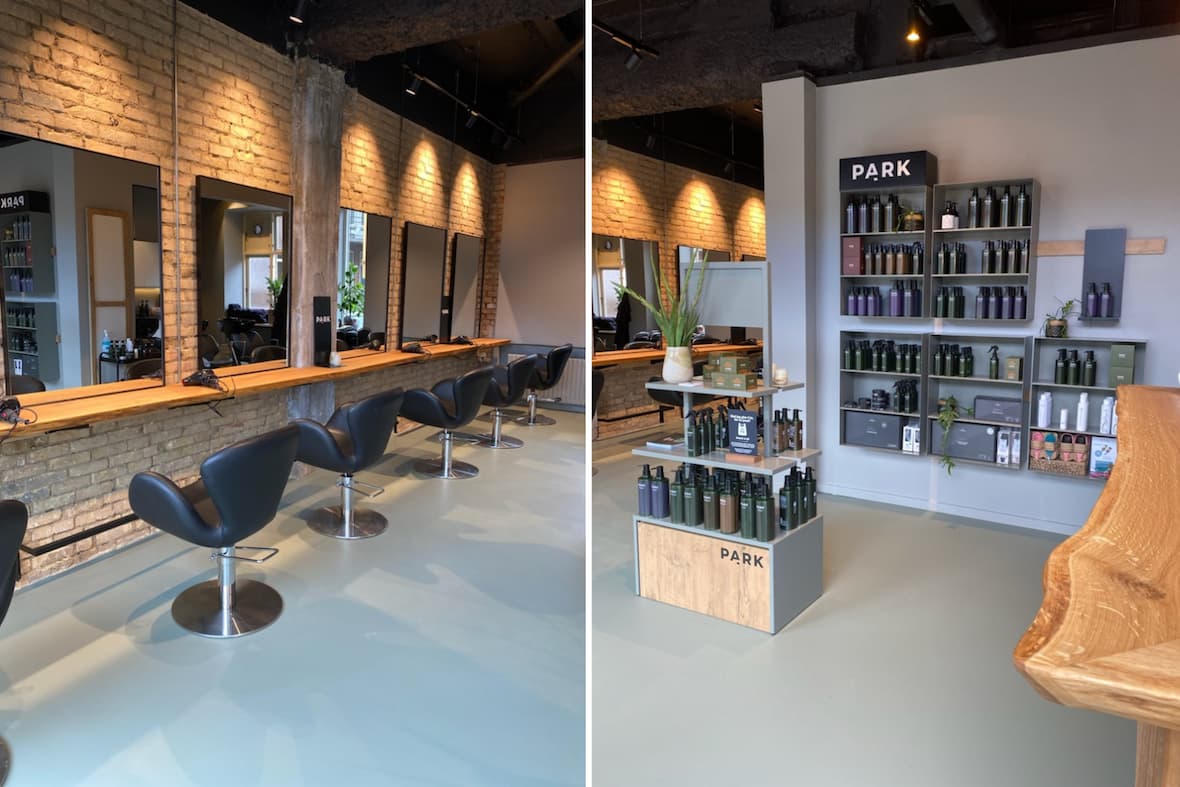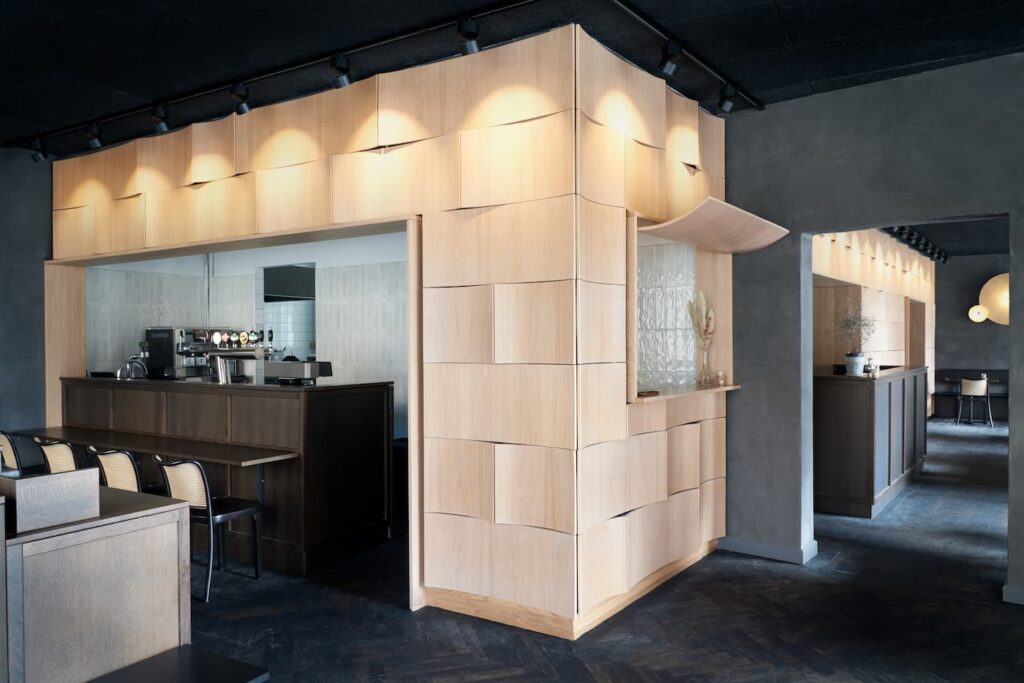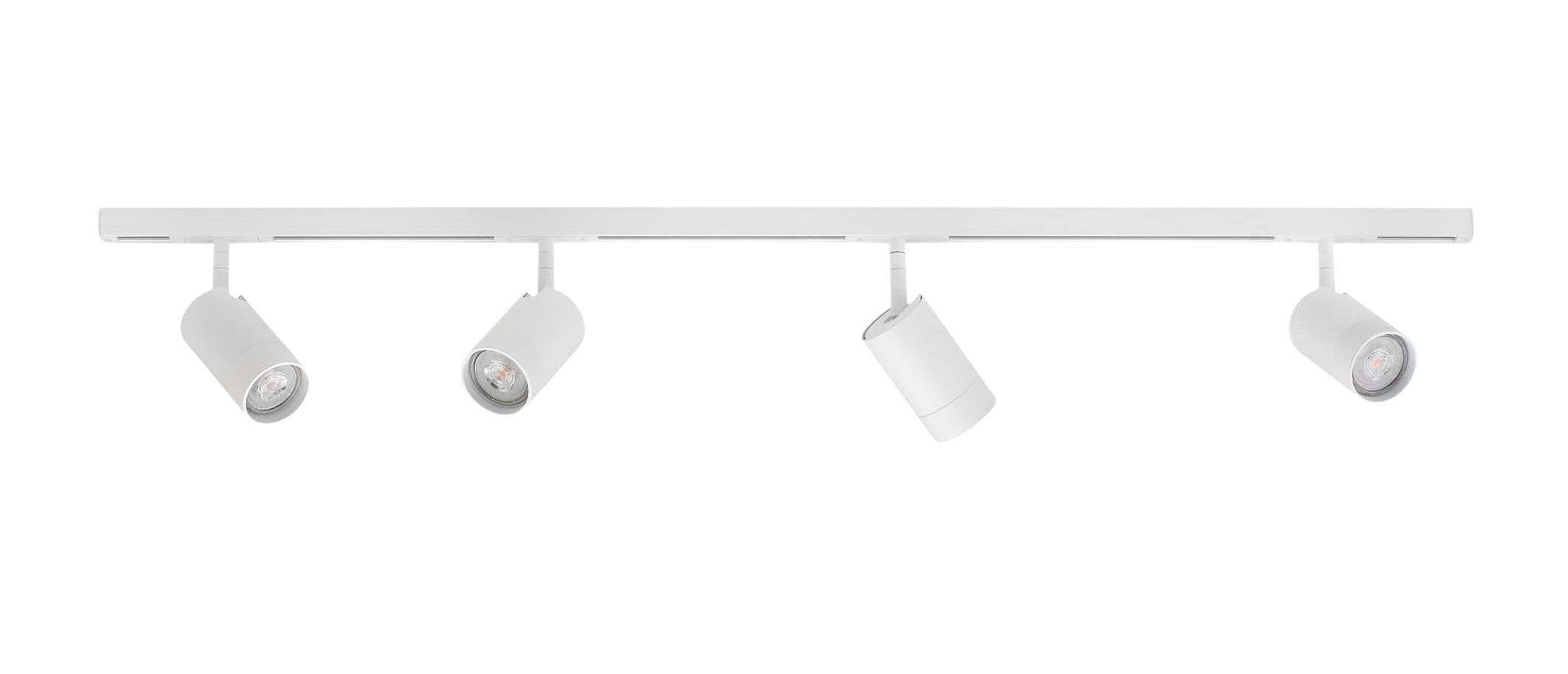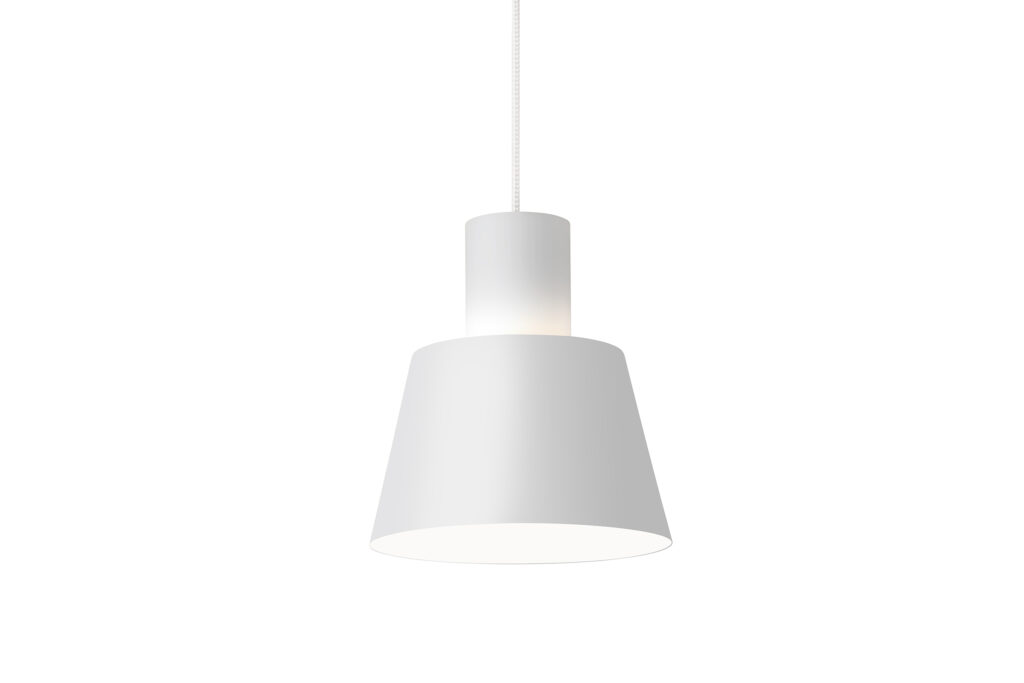Planning project lighting in 6 steps
- Af Mette Bergholdt
- Last updated16. May 2024
Lighting plays a crucial role in any space. Not only for its functionality, but also for creating the right atmosphere and aesthetics. In this step-by-step guide to planning project lighting, we will guide you through the process of planning lighting for different types of projects. With our experience and expertise in lighting, we are happy to share some tips on how to choose and implement the ideal lighting solution that combines stylish design with high quality.

At ANTIDARK, we have more than 25 years of experience in designing and projecting lighting solutions. Our specialisation in professional lighting has led us to supply lights for a wide range of projects, including everything from shops and offices to hair salons, hotels and construction companies.
Take a look at some of the projects we’ve been involved in and get inspired for your next project.
A bit about the author:
Mette Bergholdt
Share post:
Related posts:
The ultimate guide to task lighting in different environments

1. Understand the needs of the space
The first step in planning project lighting is to understand the specific needs and requirements of the space. This involves a thorough assessment of the purpose, size of the space and the activities that will take place. For example, an office environment requires a different lighting strategy than a residential or outdoor space. It’s important to consider how light can affect the mood, productivity and comfort of those using the space.

2. Choose the right type of lighting
Once the needs are clearly defined, you can start to consider what type of lighting should be used in different areas. There are several types of lighting, each serving different purposes. Primary lighting creates the general illumination of a space, while task lighting focuses light on specific work areas and accent lighting is used to emphasise architectural features or artwork.
At ANTIDARK, we offer a wide range of lighting solutions that can be adapted to these different needs, ensuring that each project gets the optimal combination of lighting types. It is rarely enough to use just one type of lighting, no matter the room or environment. Not only do different types of lighting help create a more interesting and dynamic environment, but rooms often serve multiple functions. Therefore, a combination is often necessary.
3. Design and Aesthetics
When it comes to project lighting, it’s crucial to understand that lighting is much more than just a practical amenity; it’s a key element in the overall design and mood of the space. A well-executed lighting plan can transform a space, emphasising its best features and creating a welcoming atmosphere.
When planning project lighting, it’s important to consider how light interacts with the room’s colours, materials and furniture. This requires a deeper understanding of how different light sources and their placement can affect the perception of the space.
It’s about creating a balance where the lighting doesn’t overwhelm the space, but rather acts as a subtle and powerful enhancer of the room’s aesthetic. This can be through strategically placed pendant lights that add a touch of elegance, or discreet ceiling or wall-mounted fixtures that softly highlight textures and colours.
4. Technical considerations
Technical aspects such as lighting intensity, color temperature, and energy efficiency are crucial to ensure that the lighting meets both practical and aesthetic requirements. For example, a warm color temperature can create an inviting atmosphere, while cooler temperatures are better suited for tasks requiring concentration. Therefore, consider the technical concepts within lighting before choosing light sources and fixtures.


5. High-quality, energy-efficient lighting solutions
When planning lighting for a project, it’s important to prioritise both quality and energy efficiency. High quality ensures that the lighting not only looks good, but also performs reliably and lasts for a long time. Energy efficiency is also crucial to minimise costs and ensure that the lighting is as environmentally friendly as possible. By choosing solutions that combine these two aspects, you achieve a lighting plan that is not only practical and aesthetically pleasing but also responsible in terms of energy consumption and the environment. This is especially important in larger projects, where the total energy consumption of the lighting can have a significant impact on the budget.
6. Collaboration with professionals
Although many aspects of lighting planning can be handled internally, we recommend collaborating with professional lighting designers or architects, especially in more complex projects. This ensures that every aspect of the lighting is not only technically correct but also aesthetically appealing and in line with the overall vision of the project.
If you need help with your lighting project, please contact our lighting consultants for a no-obligation consultation. They are ready to answer your questions and offer assistance with everything from lighting calculations to creating design plans.





